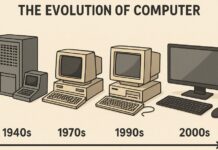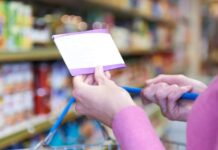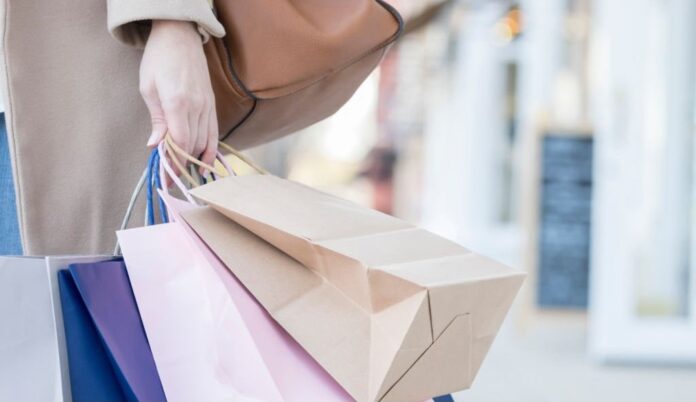In a world where both sustainability and innovation are leading global conversations, something as simple as the paper bag is transforming. No longer just a brown sack used to carry lunch or grocery, the humble paper bag is finding its place in the world of technology.
This article explores the fascinating intersection of paper bags and tech innovation, how apps and gadgets are integrating with eco-friendly packaging, and why businesses, from local coffee shops to large retailers, are adopting smart paper bags to create better customer experiences.
The Rise of Smart Paper Bags
The concept of smart packaging is not entirely new. We have seen QR codes, NFC (Near Field Communication), and RFID (Radio Frequency Identification) tags revolutionize how products are tracked and interacted with. Now, the paper bag is getting smarter, too.
Brands are embedding small, lightweight chips or printed QR codes on paper bags that customers can scan using mobile apps. These scannable bags can:
Provide product information
- Trigger loyalty rewards
- Offer digital coupons
- Display brand stories
- Suggest recycling tips via augmented reality
Why Go Digital with Paper?
Here are a few reasons tech-enhanced paper bags are gaining traction:
1. Interactive Branding
Modern consumers, especially Gen Z, value interactive experiences. A scannable paper bag allows customers to interact with your brand after leaving the store. This increases engagement and creates memorable moments.
2. Sustainability + Smart Integration
As plastic bans continue, paper bags are becoming the default. Adding smart features like AR experiences or recycling guides aligns with eco-conscious branding.
3. Offline-to-Online (O2O) Marketing
Smart paper bags serve as a bridge between physical and digital commerce. A scan might lead to an app download, sign-up, or special offer, helping you track offline customer behavior digitally.
Apps That Work with Smart Packaging
You do not need proprietary software to use these bags. Some universal apps and tools integrate smoothly:
- Scanova – Generate dynamic QR codes with embedded data.
- NFC Tools – Program NFC tags using Android phones.
- Zappar – Create AR experiences using scannable codes on packaging.
- Beaconstac – A platform to combine QR and NFC in one label.
- Adobe Aero – For businesses creating 3D experiences, when a paper bag is scanned.
Most of these apps are available for PC or APK download, allowing businesses and developers to easily manage and update linked content.
Tech Tips: How to Make Your Paper Bags Smarter
If you are a small business or brand looking to get started, here are tech tips:
- Start with QR codes: They are cheap, easy to generate, and scan using any smartphone camera.
- Use NFC if budget allows: NFC tags cost more but offer richer interactivity.
- Create custom landing pages: Direct the scan to an exclusive promo or loyalty program page.
- Test your designs: Make sure QR placement works even when the bag is folded.
- Encourage sharing: Add a social media CTA after the scan—“Share your haul and tag us!”
Best Use Cases for Smart Paper Bags
Retail Stores
Luxury boutiques now use paper bags embedded with NFC tags that lead customers to personalized thank-you videos or care instructions.
Food & Beverage
Cafes include QR codes on takeaway bags that let customers reorder easily, give feedback, or track calories.
Events and Promotions
Event sponsors often hand out swag in smart paper bags, letting users scan to enter contests, download event schedules, or claim digital goodies.
Challenges and Limitations
- While this tech sounds impressive, it is not without hurdles:
- Printing QR/NFC requires precision.
- NFC tags raise cost (usually 5-10 Rup per bag).
- User adoption—not all customers are eager to scan something unless incentivized.
- Recyclability—adding tech should still allow the bag to be recycled or composted.
The Future of Paper Bag Technology
The paper bag is no longer just a recyclable commodity—it is becoming a touchpoint for digital transformation. As IoT (Internet of Things) expands into retail and packaging, expect to see:
- Geo-tracking-enabled packaging
- Voice-activated packaging via paired apps
- Blockchain integration for transparency in sourcing and recycling
Shortly, paper bags could tell you where your product came from, offer a how-to video, and give you a coupon for your next purchase—all without downloading a separate app.
Final Thoughts
Tech and sustainability are no longer separate industries—they are converging. The paper bag, once a static object, is becoming a dynamic marketing tool and data touchpoint. By combining eco-conscious design with smart technologies, businesses can stand out and provide real value, both in person and online.
So next time you grab a paper bag, ask yourself: What if it could do more than carry things?



















































































